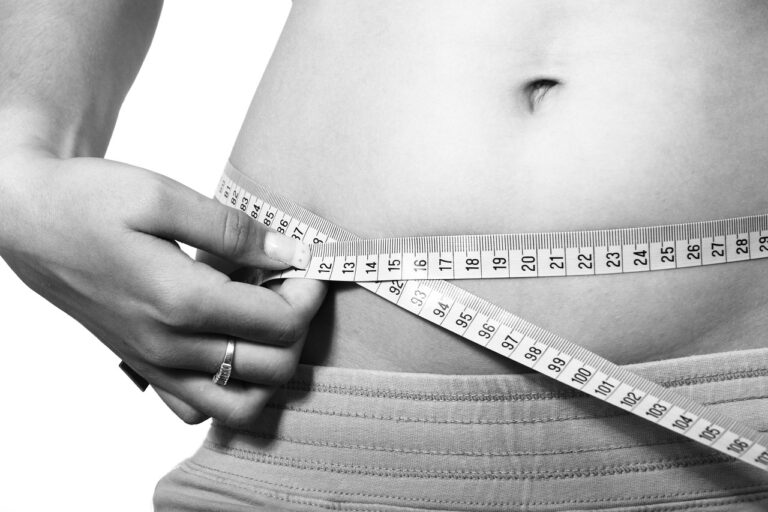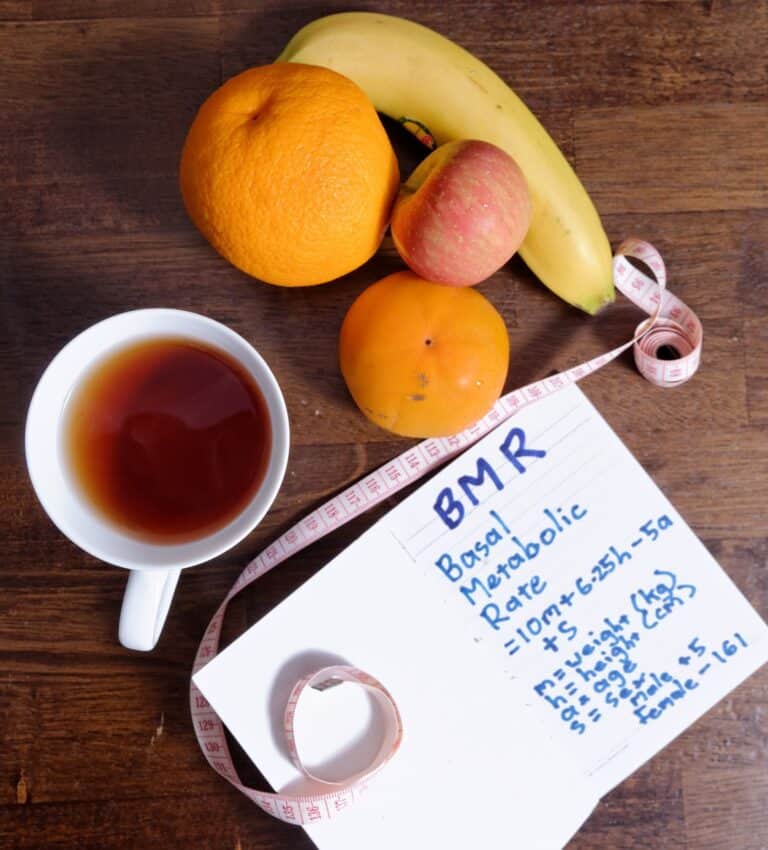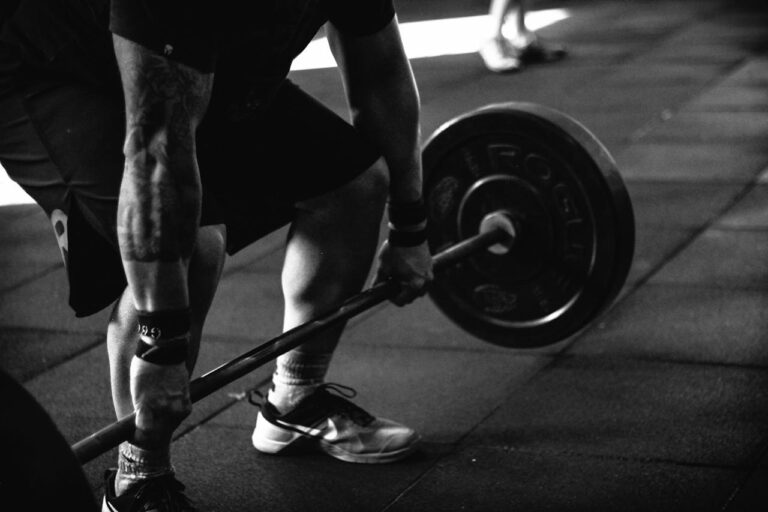Active vs Passive Stretching – Which Is Best For Overall Flexibility?
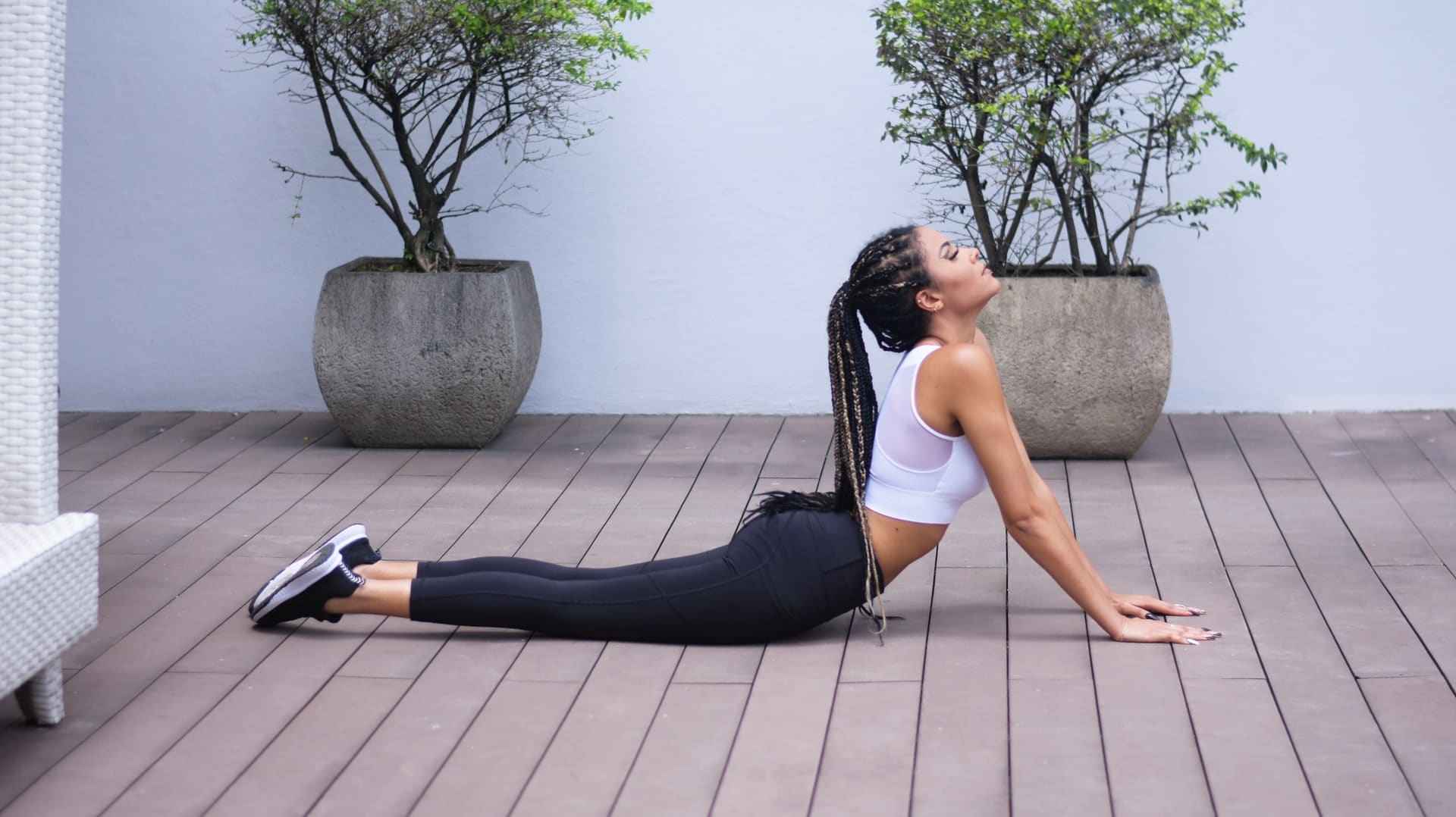
- Should You Train To Muscle Failure Every Set? What You Need To Know - March 4, 2025
- Nutrition in a Hurry: Top Post-Workout Snacks for Active People - February 20, 2025
- 15 Healthy Meal Prep Recipes: Your Weight Loss Made Easy - February 18, 2025
Active stretching techniques are ones that involve an individual’s own physical movements to stretch the muscles. Examples of active stretching techniques include isometric contractions, proprioceptive neuromuscular facilitation (PNF Stretching), and the Wall Angels Technique. Passive stretching techniques, on the other hand, often involve a partner to help stretch out a muscle group. Examples of passive stretches include the supported hamstring stretch and the supine cervical traction. In this article, we will delve into the pros and cons of active vs passive stretching.
Many people are familiar with the idea of “passive” stretching, where someone would move into a stretch or position and then hold it in that position. While this form of stretching is still great for the body, active stretching is becoming more popular in recent years because it involves an individual moving their limbs through a range of motion while they’re stretched. Active stretching can be done with any body part.
What is flexibility?
Many people misunderstand what flexibility is and what it does. From a practical standpoint, the muscle should only be stretched to the point that tension is felt. Anything past that level can cause damage to the muscle, including tearing. In order to get results from stretching, it should be performed on a regular basis for at least 10 minutes per day.
The person who has been trying to lose weight for years without being able to reach their goals may have a problem with flexibility given that they are overweight. If this is the case, then you need to work out your muscle fibers in different ways so as not to over-stretch them.
For example, if you want active stretching of the hamstrings, try doing leg lifts or lunges instead of just straight stretching the hamstring muscles. Your hip flexors and quads will also benefit from these types of stretching movements.
What are the differences between active and passive stretching?
What is active stretching?
Active stretching also known as static-active stretching is a technique that utilizes the energy of your own body movements to lengthen muscles, tendons, and joints. Active stretching can be divided into two categories: dynamic and static. Dynamic stretching consists of controlled, rhythmic movements over a large range of motion that usually lasts for 20 seconds or more. Static stretching consists of slow, sustained stretches that usually take place over 5-20 seconds. Many of the movements found in various forms of yoga practice are active stretches.
Some examples of active stretching:
1. Low Lunge – Stretches legs, glutes, and lower back
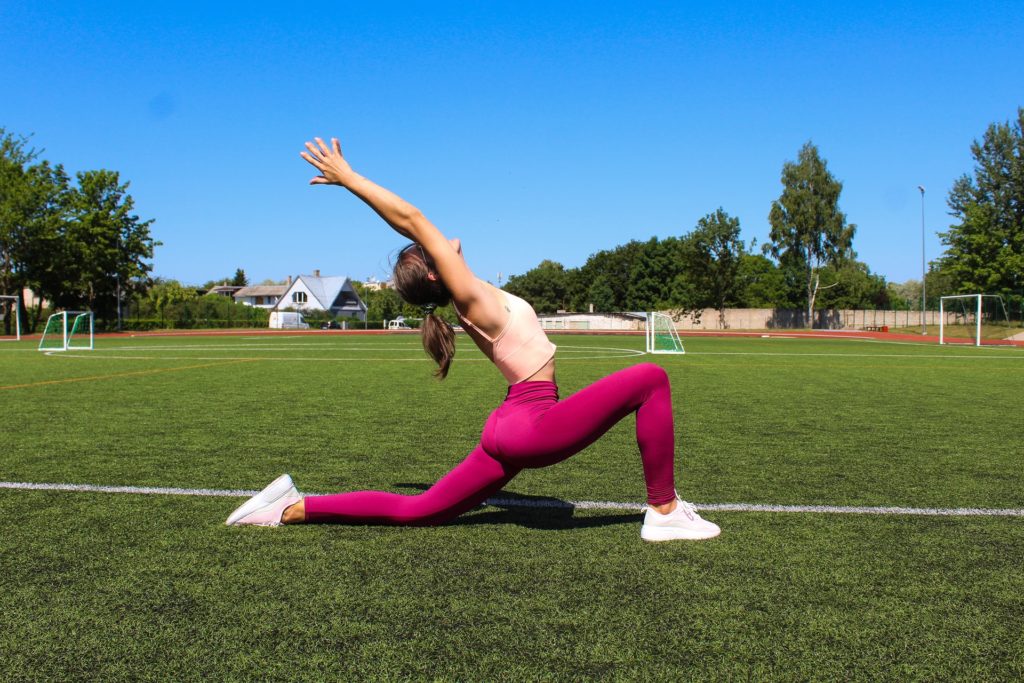
- Lunge forward with left leg until thigh is parallel to the floor, and place hands on the floor on either side of the left foot.
- Raise your left arm straight up toward the ceiling as you rotate your left shoulder back.
- Lower your hand to starting position, and move into the next stretch.
2. Active Pigeon – Stretches hip flexors, butt, and abdominals
- Pull your left knee in toward the right hand, then lower the left leg to the floor so your foot is below the right hip.
- Lower hips as you push through hands, lifting head and chest.
3. Down-Dog Extension – Stretches back, legs, and shoulders
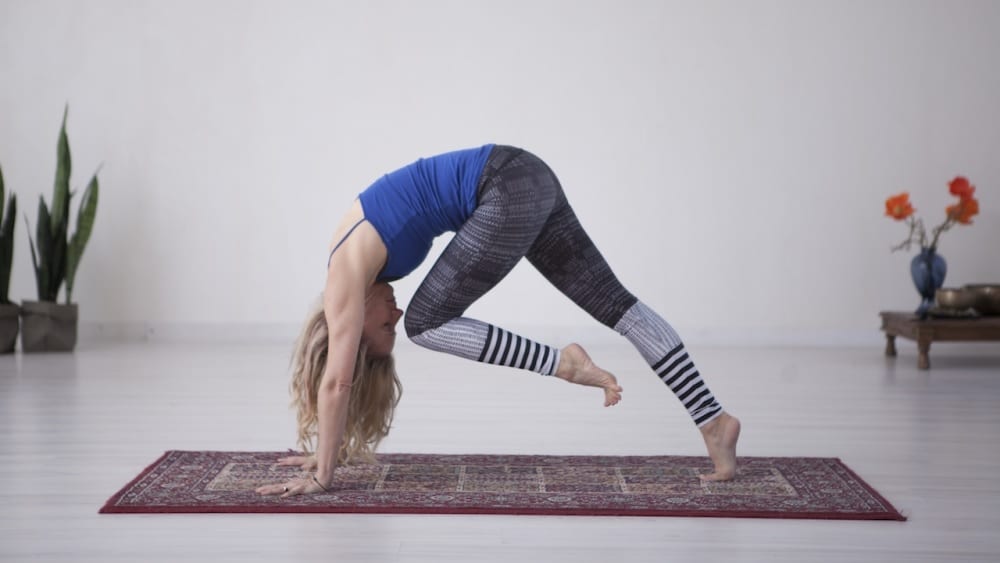
- Push your hips up as you extend your left leg behind you and press your right heel down.
- Pull left knee in toward chest and lower into a lunge again to complete.
What is passive stretching?
Passive stretching also known as static-passive stretching is characterized by gently holding a muscle in a lengthened position and allowing the muscle to release as it relaxes. This type of stretching has been used to help improve the range of motion and reduce soreness. Although this method does not provide as great of an improvement as active stretching, it is still often seen as a more gentle alternative that improves passive flexibility. Relaxed stretching is also very good for “cooling down” after a workout and helps reduce post-workout muscle fatigue and soreness.
Some Examples of Passive Stretching:
1. Neck Stretch
- Roll up a towel, lie down and place the towel under the neck where it naturally bends.
- Gently tip your chin back and stay in this position for 3 or 5 minutes.
- Feel the stretch in the muscles on the front and sides of your neck.
- Perform this stretch once or twice a day to help relieve neck pain and tension in your muscles, especially if you work on a computer for extended times.
2. Butterfly stretch – (partner recommended for this movement.)
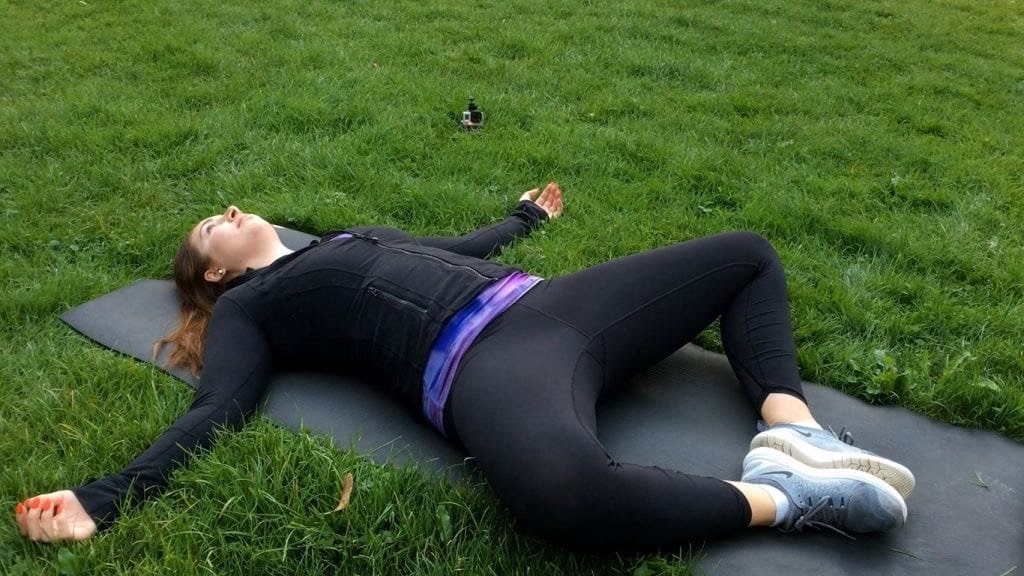
- Lie flat on your back with your arms on the side.
- Press the soles of your feet together and set your knees slightly apart.
- Your partner should hold your knees and gently push them out and down toward the floor.
- Push back to create resistance against this movement for five seconds, then relax for five.
- Repeat the stretch 3-4 times.
3. Quad stretch – (another partner recommended stretching methods.)
- Lie flat on your stomach and fold your arms under your forehead to support your head.
- Your partner should grab your left leg around the ankle and gently lift it up to move it toward the left buttock.
- Push against this movement for 5-10 seconds to build resistance and feel your quadriceps stretch.
- Relax for 5 seconds, then repeat 3-4 times for best results.
- Repeat with the right leg.
Benefits of stretching: strength, flexibility, injury prevention
Did you know that stretching not only helps to increase your flexibility but also increases your strength and can help prevent injury? Research has shown that a higher degree of flexibility may play a role in preventing injuries.
Stretching is an important part of any fitness routine, as it will help with better muscle contraction, athletic performance, a significant increase in range of motion, improve muscle strength, and connective tissue. To stretch properly, hold each position for 20-30 seconds with no bouncing or quick movements.
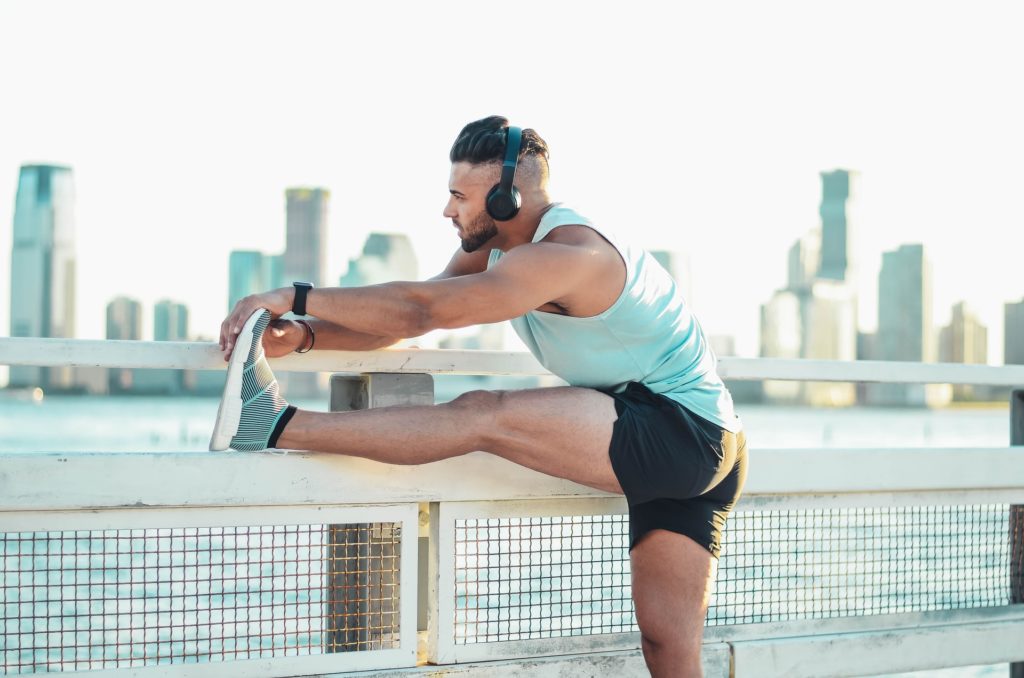
Why should you stretch:
Our muscles are constantly at work, even when we are not exercising. Our bodies require regular stretching to keep them limber and functioning properly. Stretching also has the added benefit of relieving stress by relaxing tense muscles. Stretching is important to do before and after physical activity to increase flexibility, decrease the risk of injury, and stay healthy.
When is the best time stretch:
There are many benefits to stretching before and after exercise, but the only possible negative effect is that you might increase your chance of injury if done too soon or too late. Stretching before exercise can warm up your muscles, making them more pliable and less likely to tear.
Stretching after exercise can aid in recovery by increasing blood flow to the limbs. It also helps with tissue repair and recovery time, which is essential for athletes who are training for their sports year-round. Stretching can be done in many different ways, with the most common being static stretching.
Static stretching is when you stretch to the point of discomfort, hold the position for 10-30 seconds, and then gently release. Some people do static stretches before they exercise, while others prefer to stretch after exercise. There are also dynamic stretches that are done before or during aerobic workouts.
How long should you stretch:
Stretching is a great way to increase flexibility and range of motion in any part of the body. As with all exercise, it is important to know when to stop. There are certain risks associated with stretching too intensely or for too long. In order to prevent injuries, it is important to have a plan in place before starting a stretch routine. In general, no more than 20 minutes should be dedicated to stretching each day.
How often should you stretch:
It is important to stretch your muscles every day. When you stretch your muscles, it helps increase blood flow and improves mobility. Stretching also relieves muscle soreness, tension, and stress. It is important to make sure you are not over-stretching your muscles by warming up before stretching. Stretching should last for 15 minutes for an optimal effect.
What types of stretches should you do:
There are a number of different types of stretches one can do to increase flexibility and overall health. Some people find it necessary to stretch before exercise, while others may feel they need to stretch after exercise or after waking up in the morning to alleviate tightness from sitting all day. In addition, stretching is important for flexibility, maintaining a healthy weight, and preventing injury.
What different types of stretching should you perform? The answer depends on what you’re looking for!
Active vs Passive: when should you use each?
There are two types of stretching, active and passive. Active stretches are designed to work the muscles through a full range of motion, whereas passive stretches are designed to lengthen muscles passively by placing pressure on them.
Active stretches are most effective for use before exercise, as they warm up the muscles and prepare them for their activity. Passive stretches are most effective for use after exercise, as they loosen up tight muscles that have been fatigued during exercise.
Final Thoughts
In conclusion, active stretching is more effective for increases in both flexibility and muscle length. Passive stretching is better suited to maintain flexibility and reduce pain.
Table of Contents





